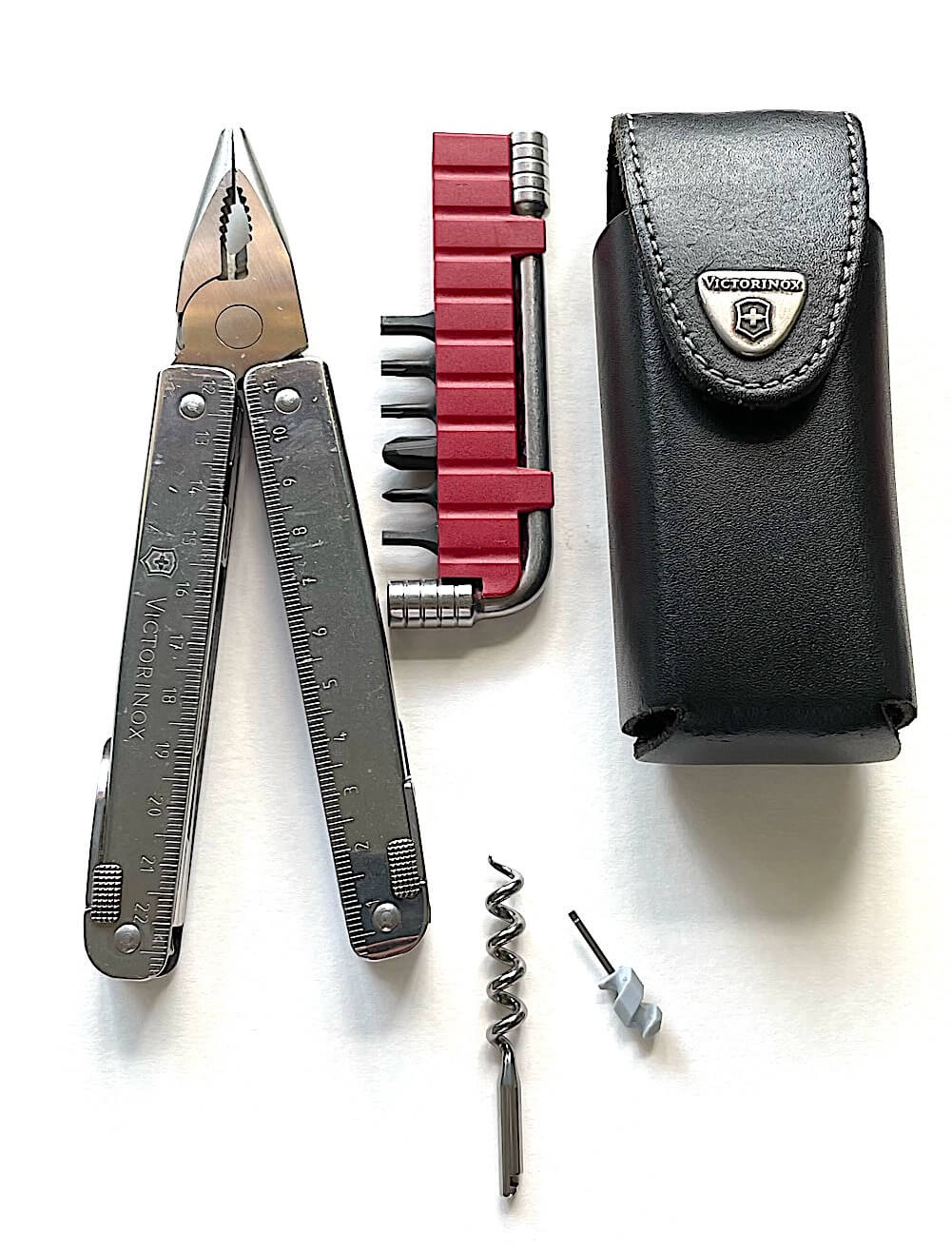Starry starry nights

It all started in June 2001 when a group of us raced up to the Kruger National Park to get to a demarcated spot near Phalaborwa gate to view the full solar eclipse. It was an experience only dampened by overcast skies. The darkness that moved towards us over the landscape and the silence of the birds will never be forgotten. I had taken special filters and film, the clouds only allowed a solitary shot. Yet the experience still gives me goosebumps when I think of it!

One night in the Northern Cape, I saw a blood moon, Jupiter and watched the International Space Station move across the sky. I have seen Haley’s Comet across the Chobe River and various other wonders in the sky and am always fascinated. The night sky is incredibly vast and beautiful. More so when you are with good friends in a landscape free from artificial lights and away from the city.

The sky has for centuries held humans captive, a never-ending source of entertainment and prophecy through astrologers who study the patterns and shifts of celestial bodies.
The entertainment is free, all you have to do is get outside and look up, even if lying down on a picnic blanket with friends.

On a night in the country without artificial lighting, the sky is full of stars and other celestial objects.
Start with a clear dark sky. Unfortunately, the best conditions where the air is not turbulent and hazy are on colder nights. And be cautious a full moon can drown out many stars and planets with its intense light.
Yes, many folk advocate telescopes, yet the night sky requires no more than your eyes.

On a clear night, you can see thousands of stars and even galaxies. It can take a while for your eyes to adjust, your retina will become sensitive and you will see more and more. Look for the Milky Way, it’s a joy to behold, watch for satellites, they are there. And if you are lucky you may even pick up a meteor shower. It’s natures cinematic showpiece. One sometimes needs to look to either side of a star as dim objects become easier to see if you are not staring directly at them.
Avoid torches or headlights as you can temporarily spoil your night vision. When accustomed to the darkness on a clear night you can navigate the landscape with ease.
If you need to refer to a star map use a torch with red cellophane over the light, dim red light is least damaging to the photoreceptors in your eyes at night.
You can also turn to your bird watching. With good quality binoculars, you will be able to see craters on the moon, galaxies and star clusters.
If the bug bites you can invest in a telescope, but you will need to source one via a specialist and remember that quality comes at a price.

By way of a recap remember the following;
- If you are in the right place with no artificial light you will see many things with the naked eye.
- Height is important as items seem sharper, however uninterrupted wide open spaces also have this effect.
- Allow your eyes time to adapt. Avoid the turbulence that wind brings as it spoils the experience. Use an app or Google to check weather and moon conditions in advance.
- Do not discount the value of a good pair of binoculars before moving on to invest in a telescope.
The stars have been our companions since the beginning of time, they’re the jewels in the sky. They guided our forefathers on journeys across uncharted land and seas. Not that long ago aviators navigated at night using the stars. Interestingly enough astronomers are still making discoveries daily.
We all look towards the Milky Way when conditions allow, it is arranged in a beautiful spiral above us and contains an estimated 100 billion galaxies being part of a galaxy cluster called the Local Group – truly beautiful to behold.
It’s wonderful to get excited about the night sky, you have to try it.

